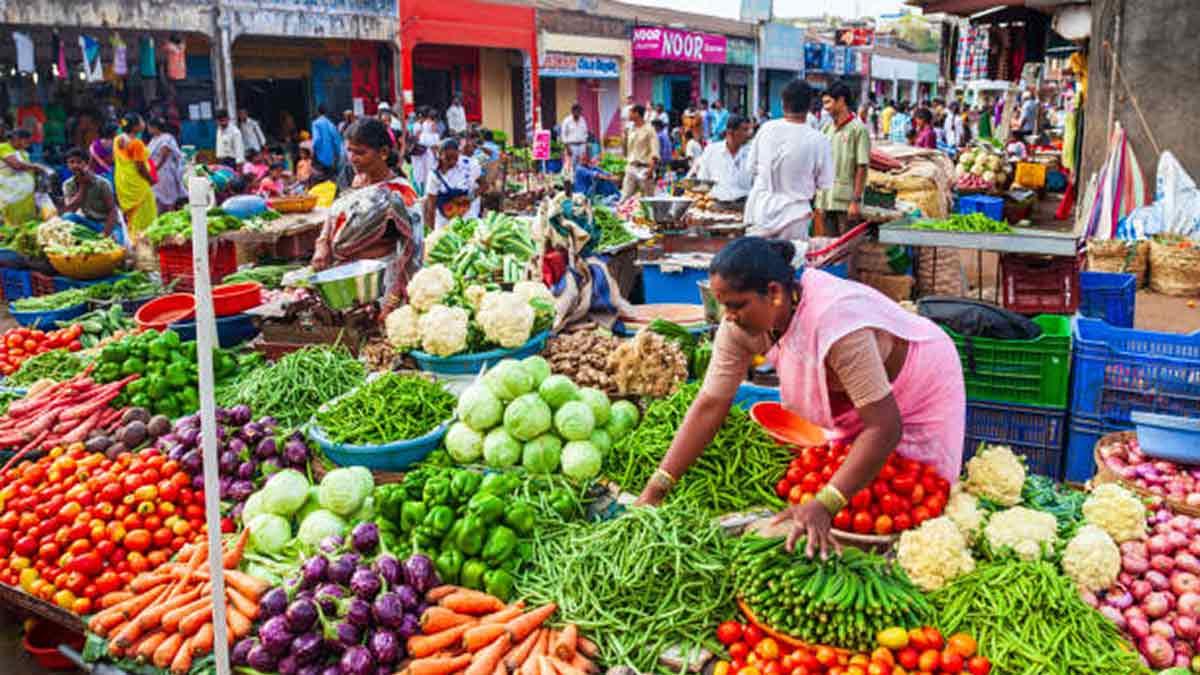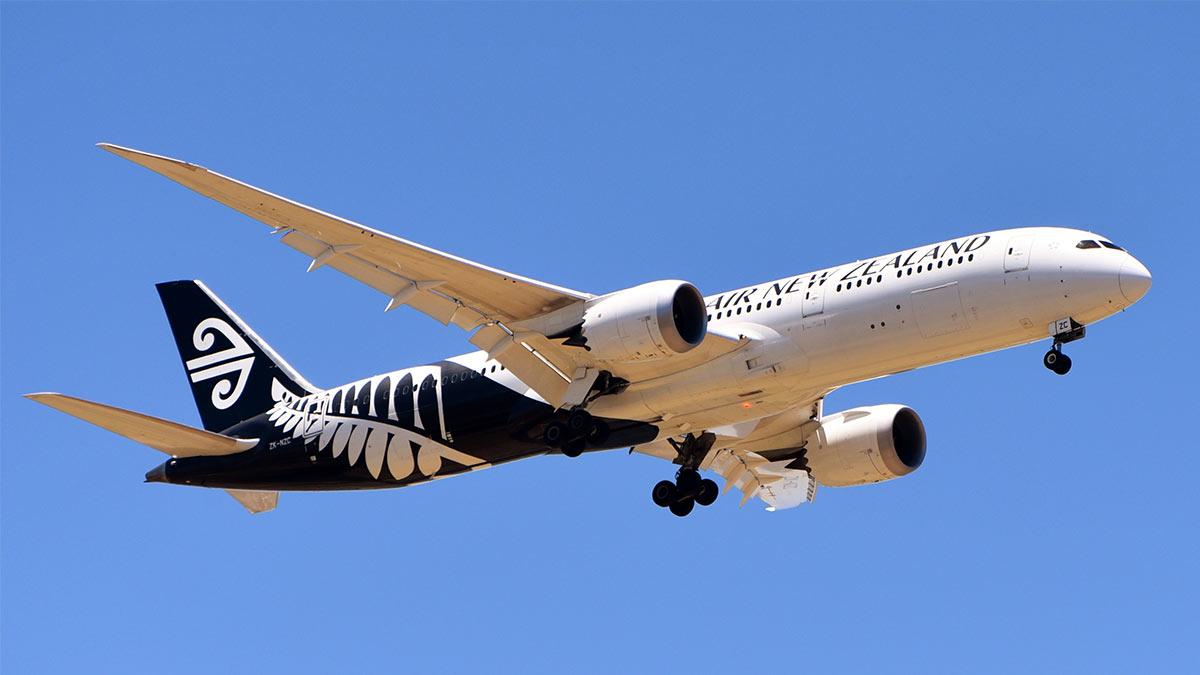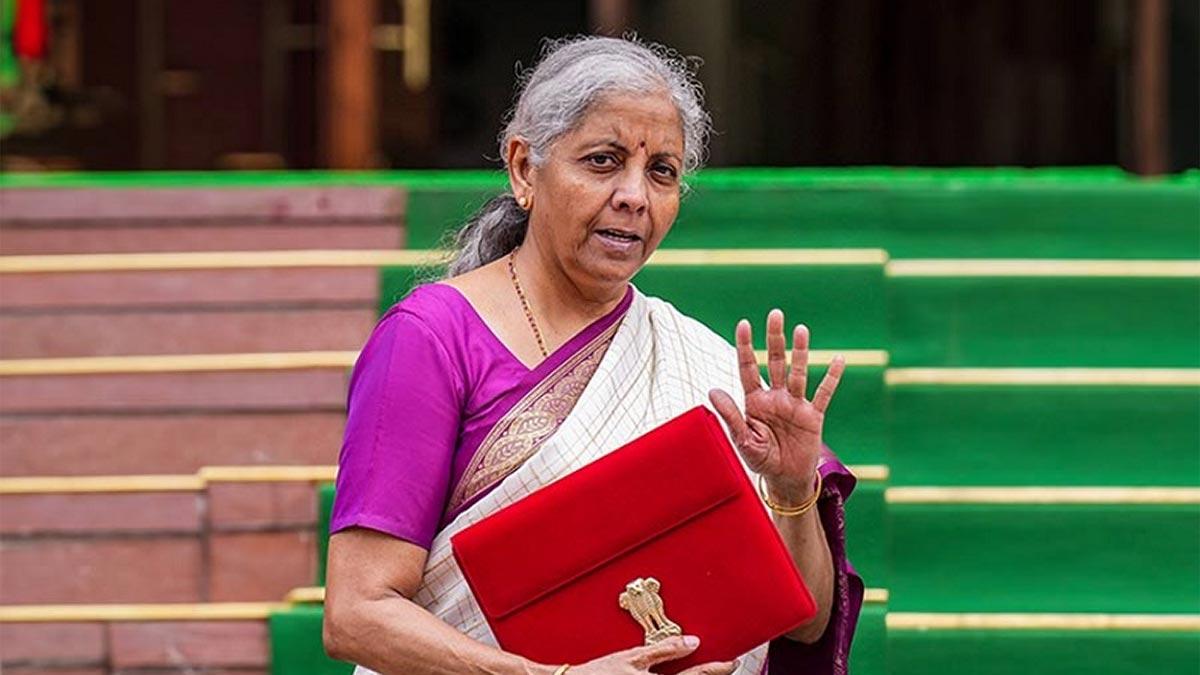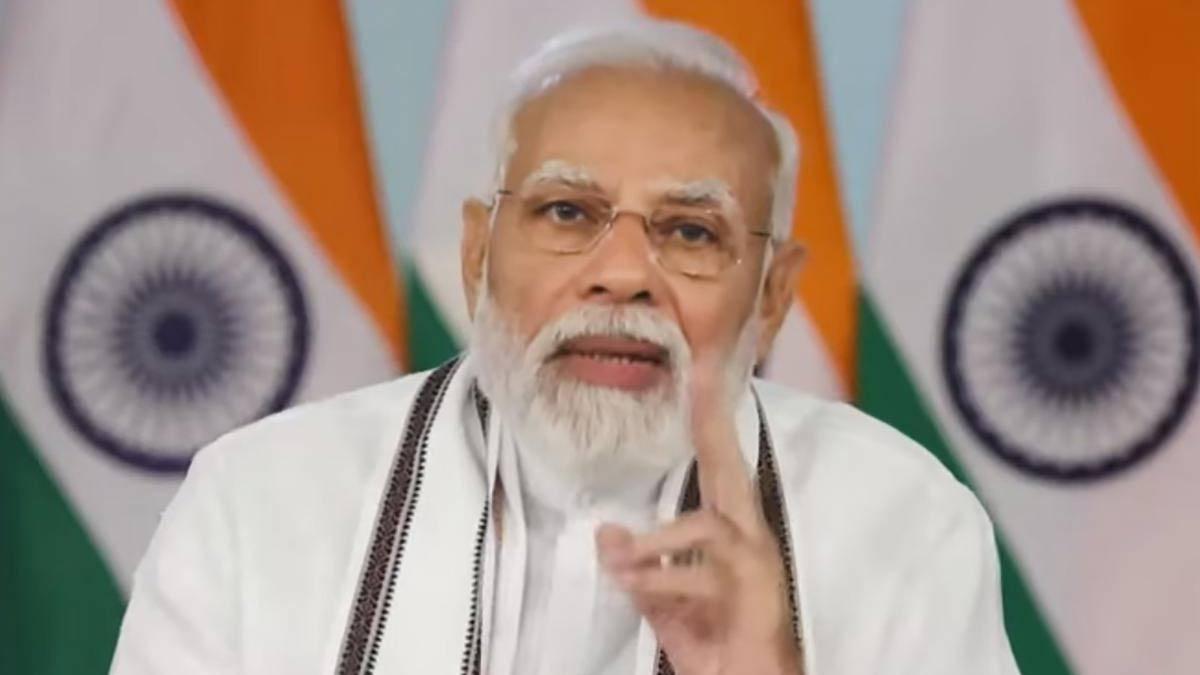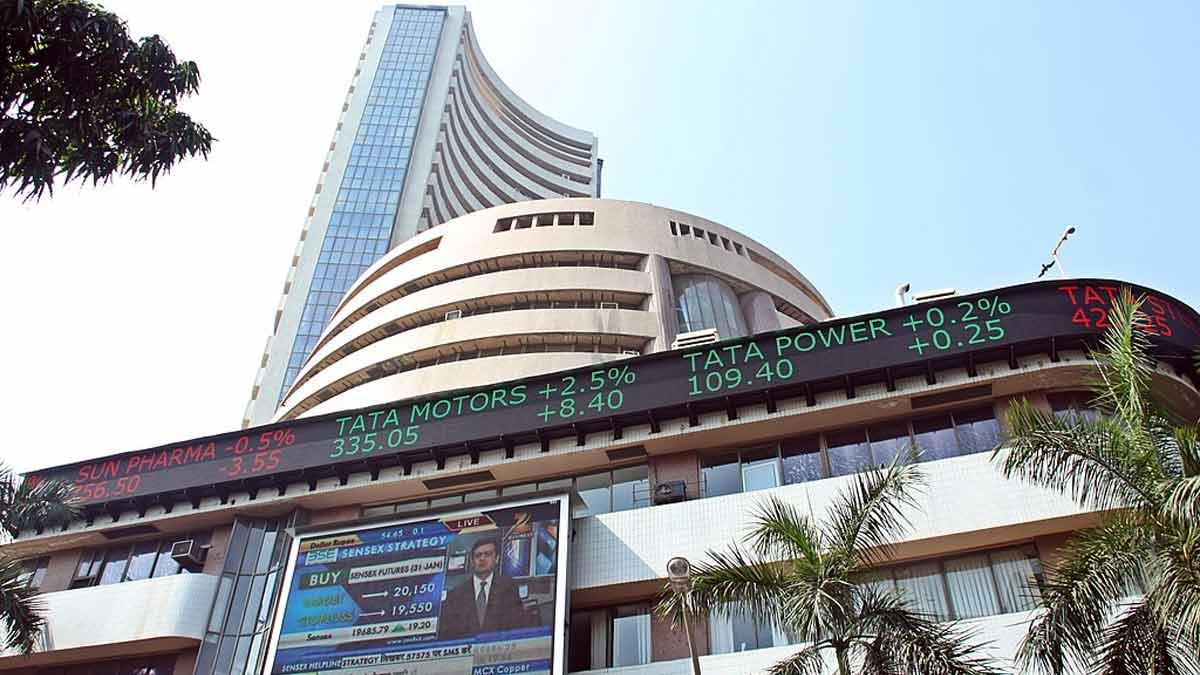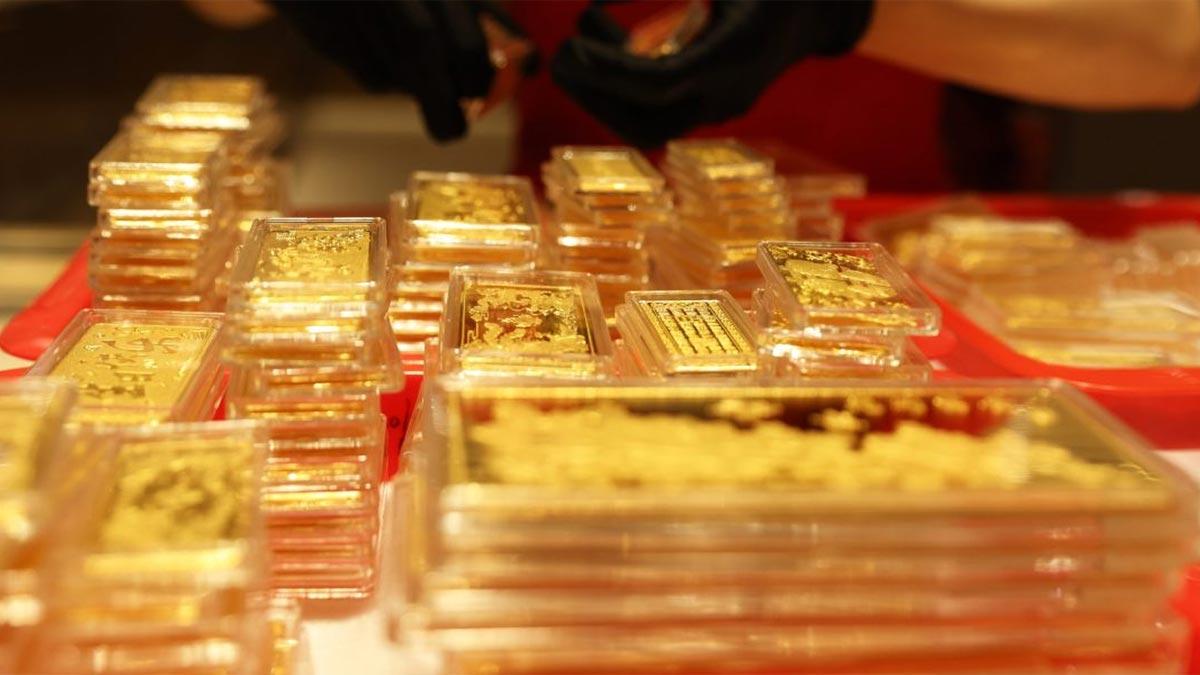India's businesses and households will stand to gain considerably from low inflation levels for the rest of the year, said a recent HSBC Research report published on Monday.
Though higher real purchasing power and lower input costs are the more direct impacts, the report also points to an important less-obvious upside—fiscal balance relief for the government.
Inflation is expected to be in the range of 2.5% for the next six months, and that should be a stable macroeconomic environment. With strong food grain stocks and hopes for a good monsoon, food inflation is also expected to remain muted. Core inflation is also expected to remain in touch, on the back of lower global commodity prices, moderate domestic economic growth, a stronger Indian rupee, and China's deflationary pressures.
Analysis is based on HSBC's rich database of 100 sectoral key indicators, providing a broad and sequential snapshot of India's economic path.
Although there are some tailwinds in achieving the fiscal deficit target for FY26—e.g., lower nominal GDP growth, muted direct tax collections, and higher defence spending—the report identifies several balancing factors. Foremost among them is the Reserve Bank of India's above-estimated dividend payment of ₹2.7 trillion.
Nevertheless, there are offsetting factors too, in particular a more-than-budgeted RBI dividend (Rs 2.7 trillion). Most importantly, though, the choice available to the government to offset some of the decline in international oil prices by increasing oil excise tax," said the report.
Actually, the report states that, with the prevailing low inflation, if the government decides to keep half of the savings due to lower international prices of oil by tweaking excise duties instead of offering a cut in retail fuel prices, it could not only meet its fiscal deficit target but also create additional fiscal room for growth programs.
India's economic performance during the March quarter (Q1FY25) picked up pace, with 66% of the indicators monitored posting positive growth—comparable to 64% and 61% in the previous two quarters, respectively.
The impetus came primarily from consumption in the unorganized sector that gained from higher expenditure by the states in March, a robust winter harvest, higher rural incomes in real terms, and better rural trade conditions.
Conversely, urban demand appeared weaker, as reflected in softer trends in consumer durable goods production and import data.
Looking at April’s early data, HSBC reported that about a third of the activity indicators have been released, with 64% showing positive movement. The uptick in informal sector consumption appears to be continuing, as evidenced by a rise in domestic non-cess GST collections.
Read also| India Overtakes Japan to Secure Fourth Position in Global Economy: NITI Aayog CEO
Read also| IMF Defends Pakistan Bailout Package Following India’s Objections

